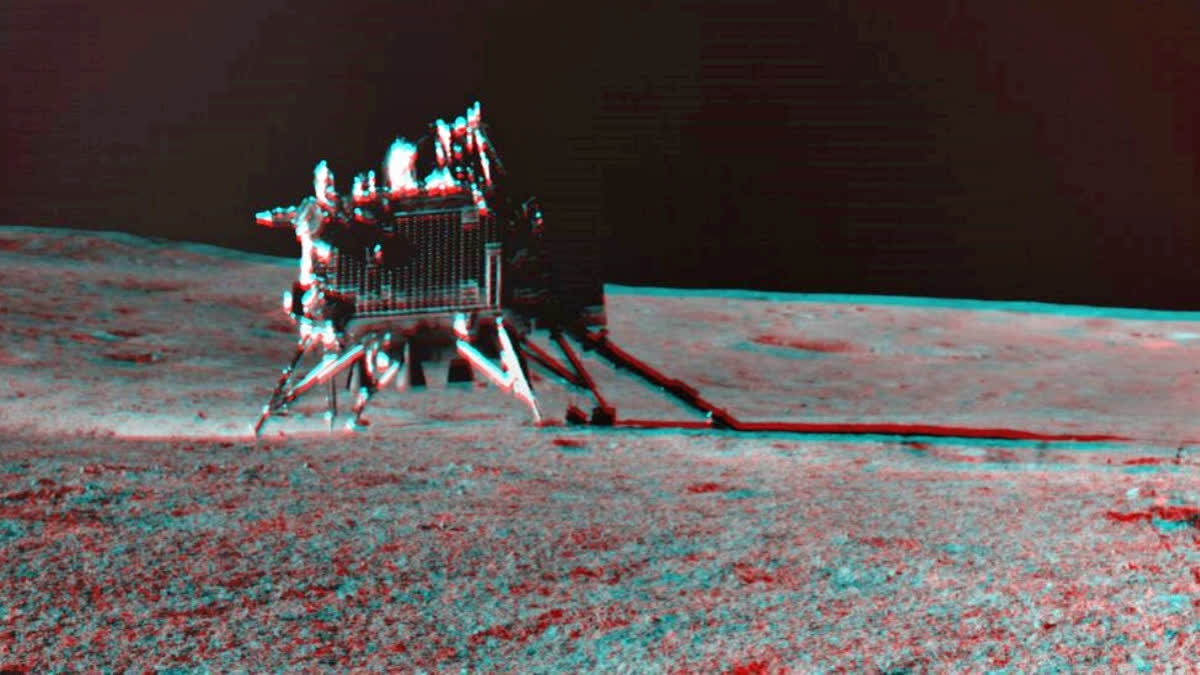Kolkata: India's Chandrayaan missions have so far provided "unmatched data" for the international scientific community, paving the way for moon exploration from different dimensions, including the possibility of setting up a human habitation in future, eminent scientist Debiprosad Duari said.
Duari said, "ISRO's three Chandrayaan missions have thrown more light on the presence of water ice, previously undiscovered minerals and elements, and temperature changes on the moon."
All the Chandrayaan missions have produced unmatched quality of data for not only India, but the entire world. Chandrayaan-1 in 2019 used the moon mineralogy mapper (collaborative instrument between NASA and ISRO), and for the first time observed and indicated the presence of 60,000 crore litres of water ice near the polar region.
"Based on this information, its application in rocket fuel and other areas, including creating a synthetic biosphere where human beings can stay, were identified," he told PTI during an interaction at its Kolkata office.
Duari said that though in the Chandrayaan-2 mission, the lander failed to make a soft landing, it orbited the moon for four years, providing a "wealth of knowledge, information, data and images. The renowned scientist, who has been a faculty member at the University of Manchester, said the Chandrayaan-3 mission, within days of its soft landing, has already relayed data about the presence of sulphur near the south pole of the moon.
"This indicates a number of possibilities about other minerals and elements that have been hitherto undiscovered on the moon... It has also supplied interesting data on the temperature on moon, that is just near the surface, the temperature is around 10 degrees Celsius, but merely 8 cm below the ground, it dropped to minus 60 degrees C. The drastic change tells us that the surface can act as a fantastic insulator from outside elements.
"Again, this data shows that a human habitation can be considered below the moon's surface. All such information is a testament to the worth of the Chandrayaan-3 instruments," Duari said.
Also read: Chandrayaan-3: Vikram Lander's remarkable hop experiment sets stage for future space exploration
On ISRO's ambitious Gaganyaan mission, he said it will be a game-changer in terms of India's capability in technology and cutting-edge infrastructure. The Gaganyaan project envisages a demonstration of human spaceflight capability by launching a crew of three members in an orbit of 400 km above the earth's surface for a three-day mission, and bringing them back safely to earth, according to the Indian Space Research Organisation (ISRO).
"It will open up another avenue of human space exploration from the Indian context... ISRO is likely to launch Gaganyaan by the end of this year or the beginning of 2024. What is most interesting is that a humanoid robot will be the sole occupant for the first two flights. This female-looking robot has tremendous capability and potential in understanding human interaction and response," he said.
Duari, who was associated with Kolkata's Birla Planetarium for over two decades, said the humanoid, christened 'Vyommitra', will identify the challenges for the human body inside a spacecraft, and also accompany the astronauts when they venture into space as part of the Gaganyaan mission.
"In space science, this application of humanoid at this level of efficiency and technology is probably for the first time; India is set to achieve the unthinkable," he asserted. (PTI)
Also read: Chandrayaan-2 takes a photograph of Chandrayaan-3



